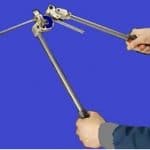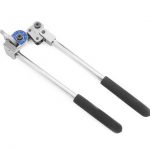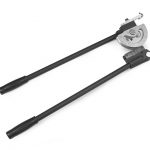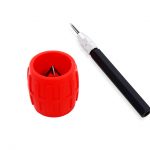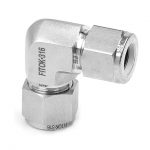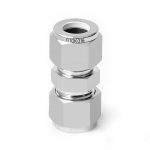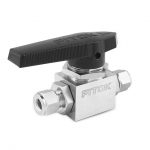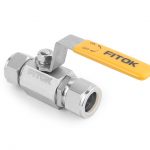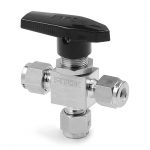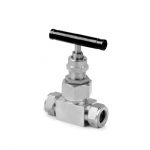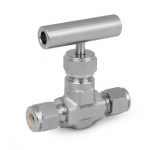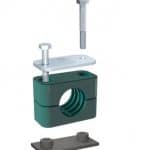Heat Trace Tube
HEAT TRACING SYSTEMS
The term heat-tracing refers to the continuous or intermittent application of heat on the piping, equipment, and instrumentation where fluid (water or other product) in fact can be exposed to low temperature/freezing conditions. Whenever the contents of a pipe or vessel are maintained at temperatures exceeding the ambient temperature, therefore will be a flow of heat from the product to the external air. Therefore, Insulation will slow the heat loss but will not prevent it. Heat tracing is a method to provide the supplemental heat just enough to compensate for the heat loss due to lower ambient temperature.
The general intent of heat tracing is either tracing for winterization and/or tracing for process maintenance. Winterization tracing is designed to protect the product from freezing and is typically designed to operate when the ambient temperature falls below a certain level; commonly 40°F to 50°F. Heat tracing for process maintenance is commonly used where higher temperatures must be maintained for the purpose of reducing product viscosity and/or preventing wax or hydrates from forming in the product. The design is more complex compared to freeze protection in a way that additional heater circuits and more specialized controls may be needed.
Sometimes, heat tracing is used for raising the temperature of a product following short shutdown periods, but this is not the primary objective.
Steam Heat Traced Tubing, TST Series
TST Series Steam Heat Traced Tubing is designed to maintain process fluid temperature at a constant level. The series features stainless steel or copper process and tracer tubes, offering excellent corrosion and heat resistance for stable heat tracing. Standard lengths include 20 ft and 6 m straight tubing, and coiled tubing in 40 m–400 m per coil (130 ft–1312 ft per coil). Custom lengths are available upon request.
TST Series
Features
Heat Trace Tube for Steam trace systems
Materials: stainless steel or copper process tube and tracer tube, fibrous glass insulation, PVC jacket
Sizes:
Process tube: 1/4″ to 1/2″ (6 to 14 mm)
Tracer tube: 1/4″ to 1/2″, 6 mm and 8 mm
Maintains process temperatures from 50°F to 355°F (10°C to 179°C)
For use with FITOK 6 series tube fittings, 4:1 safety factor for tubing and connection part of fitting and tubing
Jacket marked with brand, trace type, ordering number and heat number
Electrical Heat Traced Tubing, TET Series
TET Series Electrical Heat Traced Tubing ensures constant temperature in fluid systems. It consists of an electric heating cable and one or more process tubes. Heating cables are available in low, medium, or high temperature types, with continuous exposure temperatures up to 230 °C. Stainless steel or copper process tubes offer excellent resistance to corrosion and heat while ensuring stable heat tracing. Process tube O.D. ranges from 6 to 12 mm or 1/4″ to 1/2″. Low and medium temperature heating cables are available up to 305 m per coil, while high temperature cables are maximum 230 m per coil. Process tube lengths of 6 m or less are supplied in straight tubing, and lengths over 6 m are supplied in coiled tubing. Electrical heat traced tubing length can be supplied to customer requirements, provided the maximum heating cable length is taken into account.
Features
- Materials: 316/316L SS or copper process tube with PVC or TPU outer jacket
Process Tube O.D.: 6~12 mm, 1/4″~1/2″
Available in low, medium, or high temperature heating cable types, capable of maintaining temperature up to 446 °F (230 °C)
One or two process tubes available as standard
How to Install Tubing with Tube Fittings
Seamless Tubing Selection
FITOK Manual Tube Bender
Instruction How to used Tube Deburring
How to Cutting Tube
